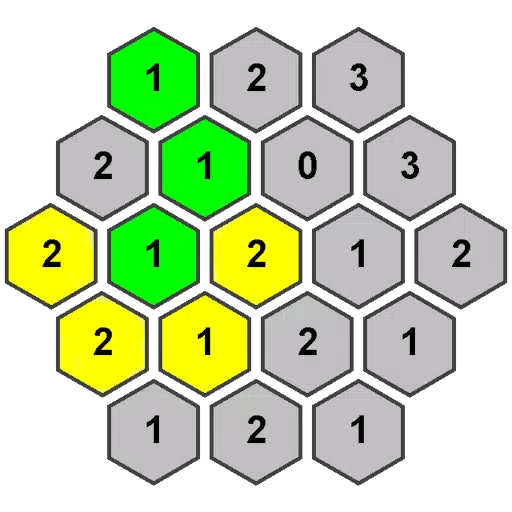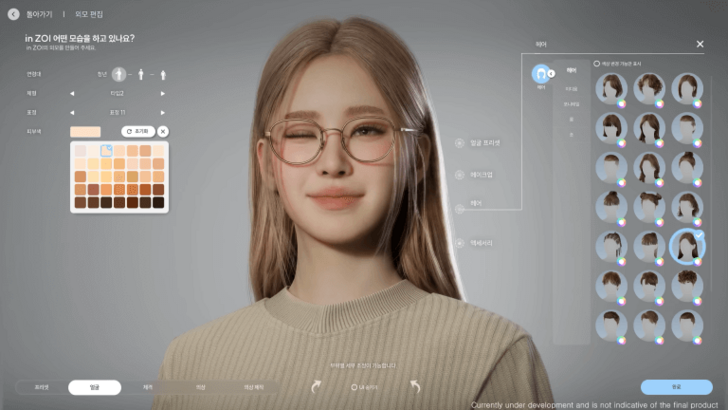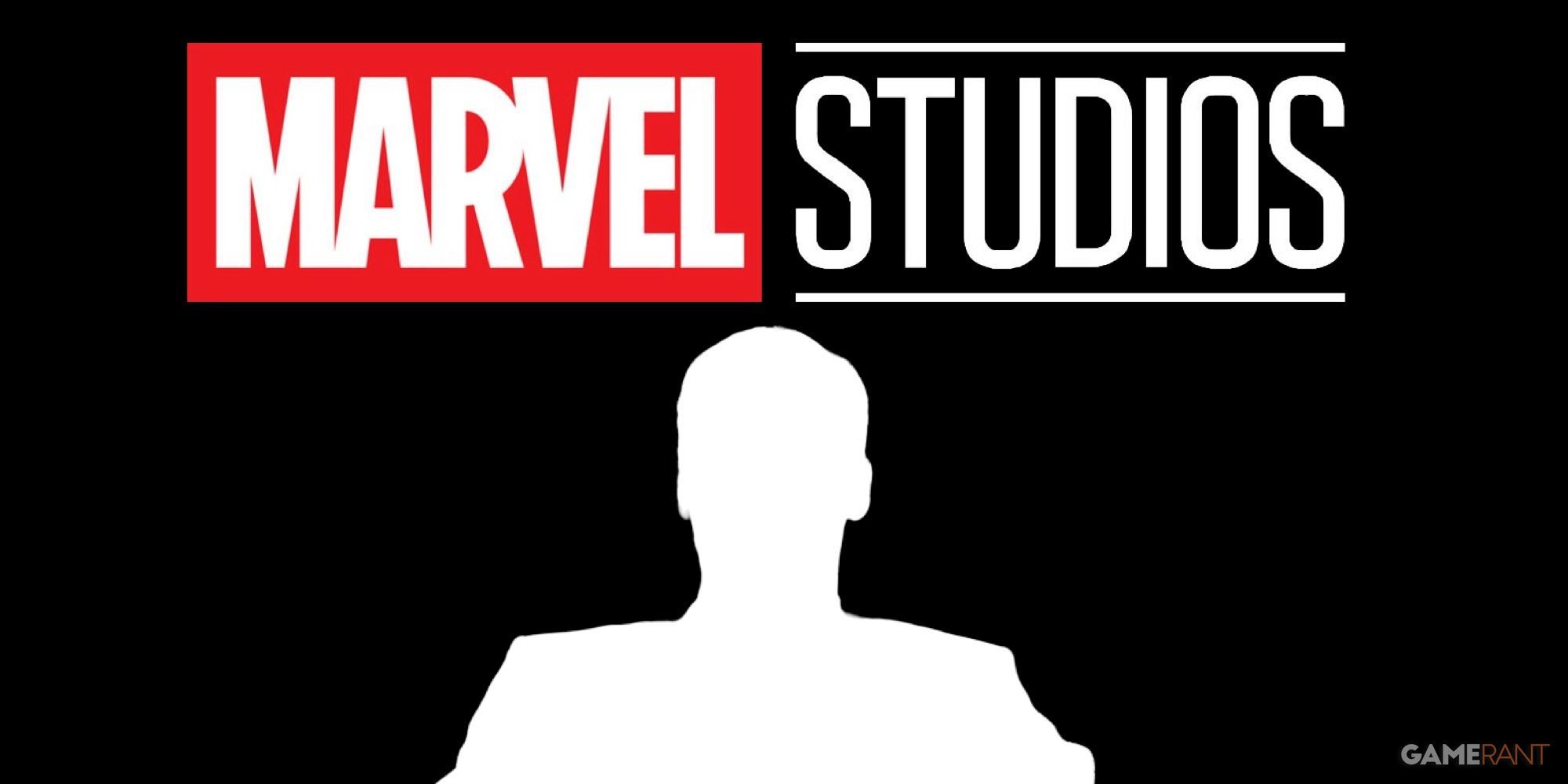The announcement of the Nintendo Switch 2's $450 USD price tag certainly raised eyebrows, marking a significant increase from what we've typically seen from Nintendo. This higher price point can be attributed to rising production costs and economic factors such as tariffs, which analysts had anticipated would push the price to at least $400 USD.
However, the real surprise came with the pricing of Switch 2 games. Not only do they align with the new industry standard of $70 USD, but some titles, like Mario Kart World, are priced at a staggering $80 USD. When you factor in the cost of additional accessories needed for the full Switch 2 experience, the total investment becomes quite substantial.
To put the Switch 2's price into perspective, let's compare it to previous Nintendo consoles after adjusting for inflation:
Nintendo Switch 2 Price Vs Previous Nintendo Consoles
NES
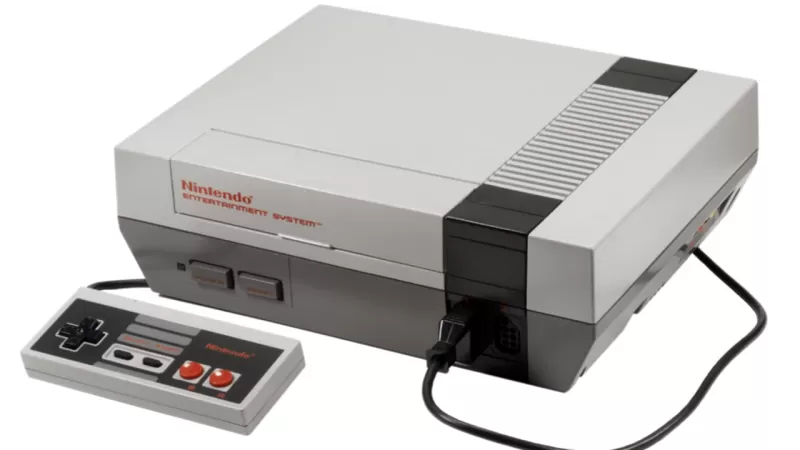 The NES, launched in 1985 for $179 USD, would cost a hefty $523 USD in 2025 when adjusted for inflation.
The NES, launched in 1985 for $179 USD, would cost a hefty $523 USD in 2025 when adjusted for inflation.
SNES
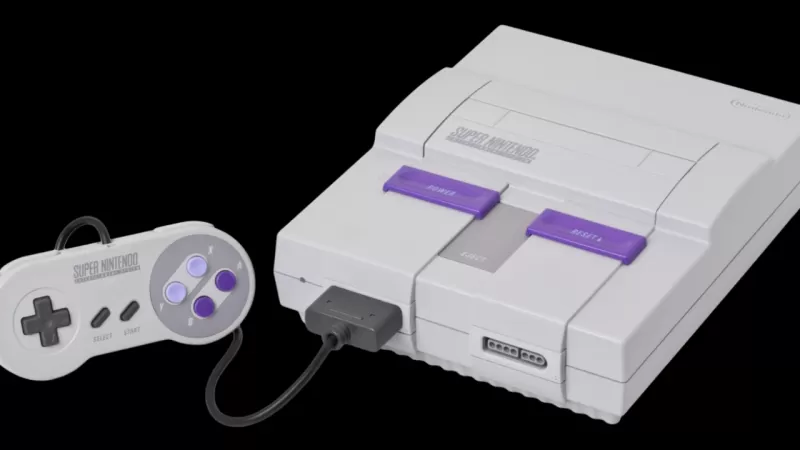 The SNES, released in 1991 for $199 USD, would set you back $460 USD in today's dollars.
The SNES, released in 1991 for $199 USD, would set you back $460 USD in today's dollars.
Nintendo 64
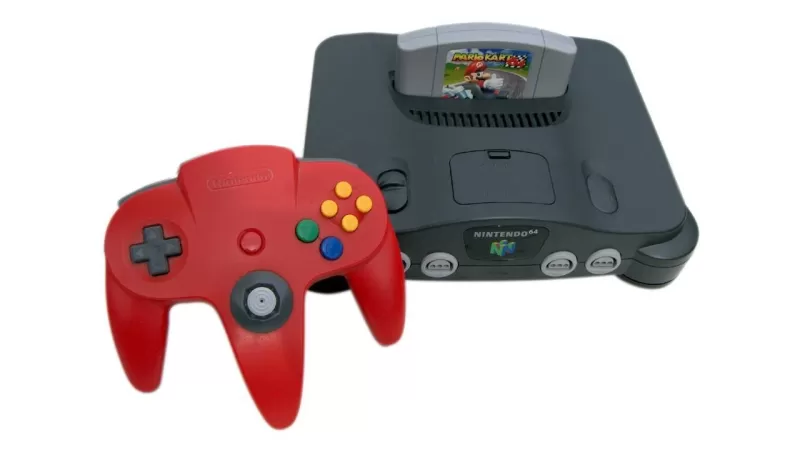 The Nintendo 64, which hit the market in 1996 at $199 USD, would now cost $400 USD after inflation adjustments.
The Nintendo 64, which hit the market in 1996 at $199 USD, would now cost $400 USD after inflation adjustments.
Nintendo GameCube
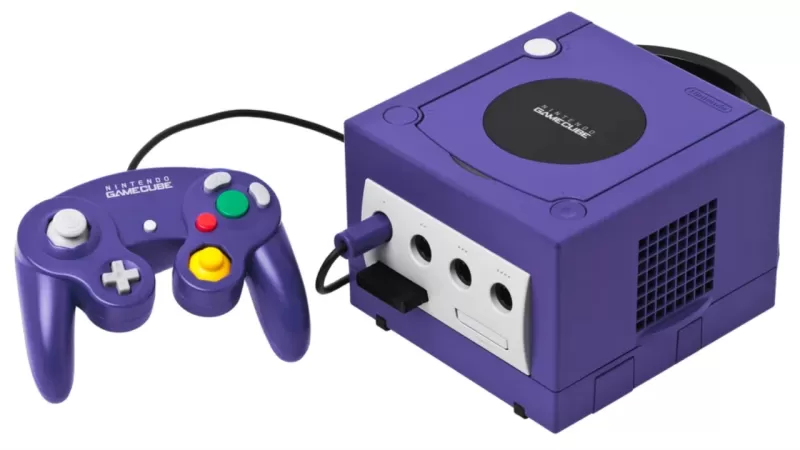 The GameCube, available in 2001 for $199 USD, would be priced at $359 USD in 2025, and its games will be accessible on the Switch 2 via the Nintendo Switch Online's classic library.
The GameCube, available in 2001 for $199 USD, would be priced at $359 USD in 2025, and its games will be accessible on the Switch 2 via the Nintendo Switch Online's classic library.
Wii
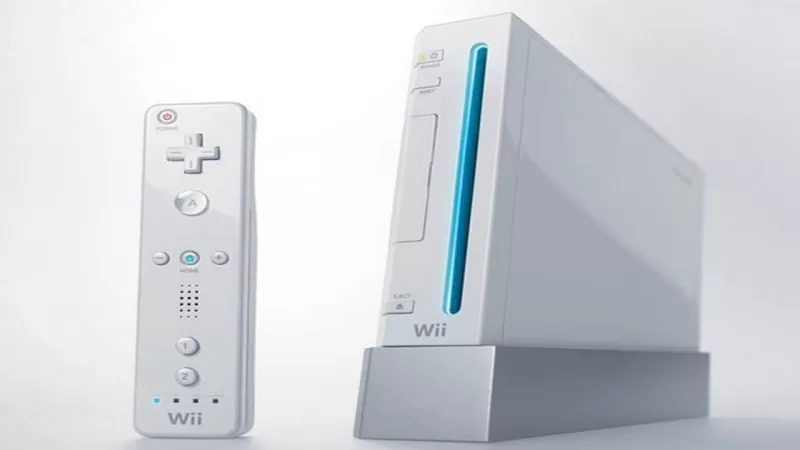 The Wii, launched in 2006 for $249 USD, would cost about $394 USD today.
The Wii, launched in 2006 for $249 USD, would cost about $394 USD today.
Wii U
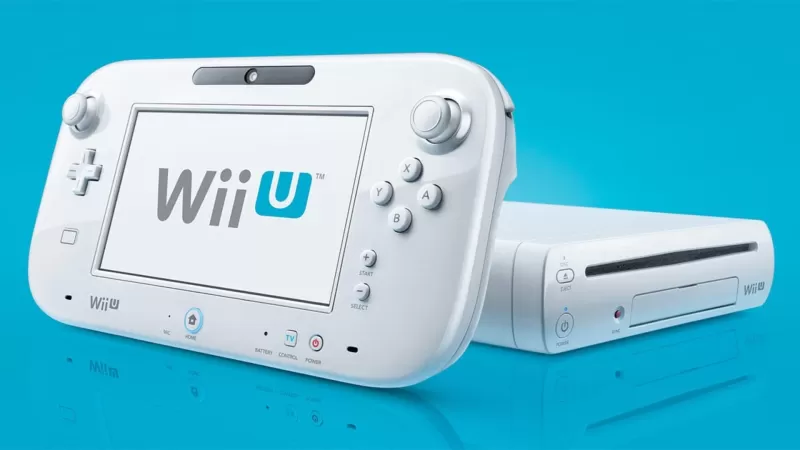 The Wii U, released in 2012 for $299 USD, would be priced at $415 USD in 2025, closely aligning with the Switch 2's pricing.
The Wii U, released in 2012 for $299 USD, would be priced at $415 USD in 2025, closely aligning with the Switch 2's pricing.
Nintendo Switch
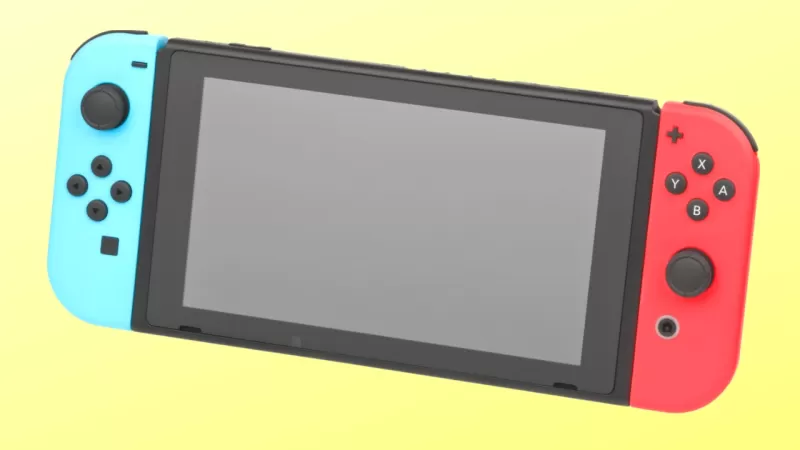 The highly successful Nintendo Switch, which debuted in 2017 for $299 USD, would cost $387 USD today, still less than the Switch 2's price when it launches on June 5.
The highly successful Nintendo Switch, which debuted in 2017 for $299 USD, would cost $387 USD today, still less than the Switch 2's price when it launches on June 5.
When comparing the original NES's inflation-adjusted price to the Switch 2, it's clear that the NES remains the most expensive console Nintendo has ever launched. This historical context doesn't necessarily make the Switch 2's price more palatable.
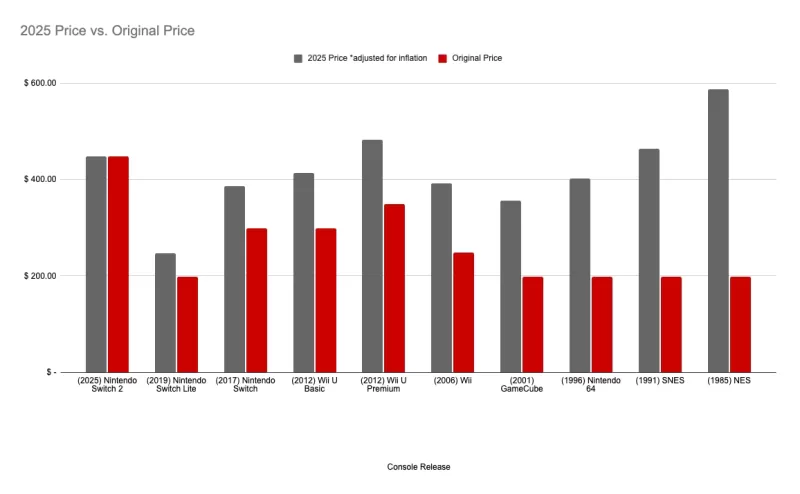 Credit: IGN
Credit: IGN
But what about the games?
While the Switch 2's console price was somewhat expected, the pricing of its games has been a major talking point. With Mario Kart World priced at $80 USD and other titles like Donkey Kong Bananza at $70 USD (or $65 digitally), the cost of gaming on the Switch 2 is significant. Comparing these prices to the early days of the NES, where game prices varied widely, some NES games would cost up to $130 USD in today's dollars, while others were around $98 USD. Despite this, there's a growing concern that game prices might continue to rise.
The Switch 2's pricing strategy places it at the higher end of Nintendo's historical pricing, surpassed only by the NES and SNES when adjusted for inflation. Real-world economic factors are likely contributing to this increase, as evidenced by the cheaper, region-locked Switch 2 model for Japan, priced at 49,980 JPY or $340 USD.
How Switch 2's Price Compares to Other Consoles
Let's see how the Switch 2's price compares to other notable consoles when adjusted for inflation:
PlayStation 2
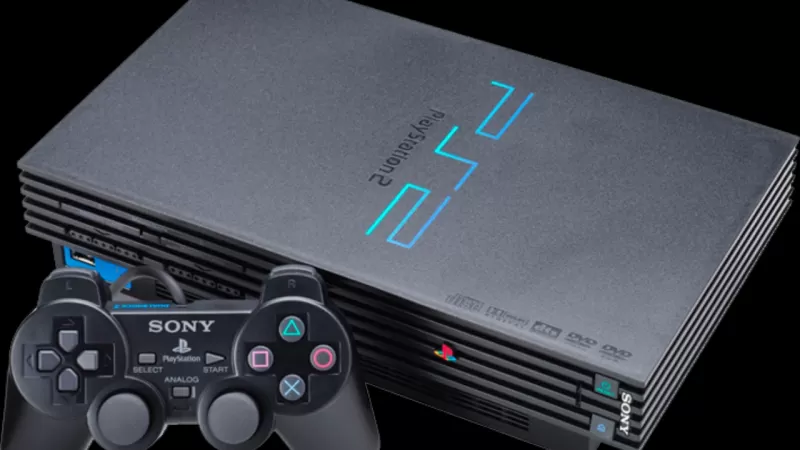 The PlayStation 2, launched in 2000 for $299 USD, would cost $565 USD in 2025, making it more expensive than the Switch 2.
The PlayStation 2, launched in 2000 for $299 USD, would cost $565 USD in 2025, making it more expensive than the Switch 2.
Xbox 360
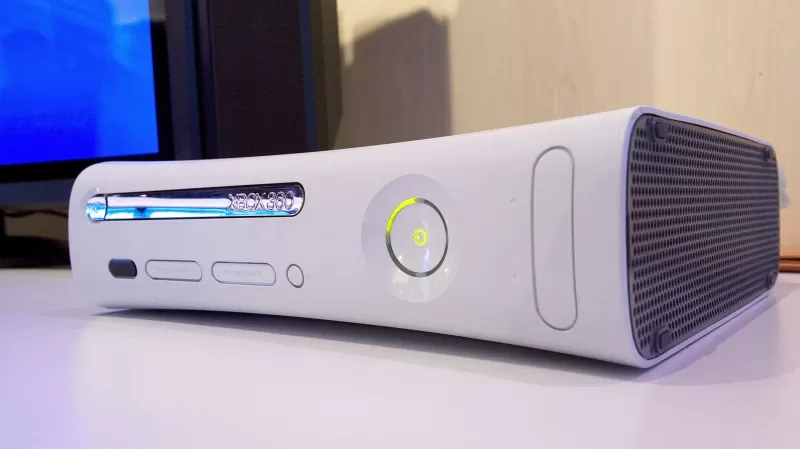 The Xbox 360, released in 2005 for $299 USD, would be priced at about $500 USD today.
The Xbox 360, released in 2005 for $299 USD, would be priced at about $500 USD today.
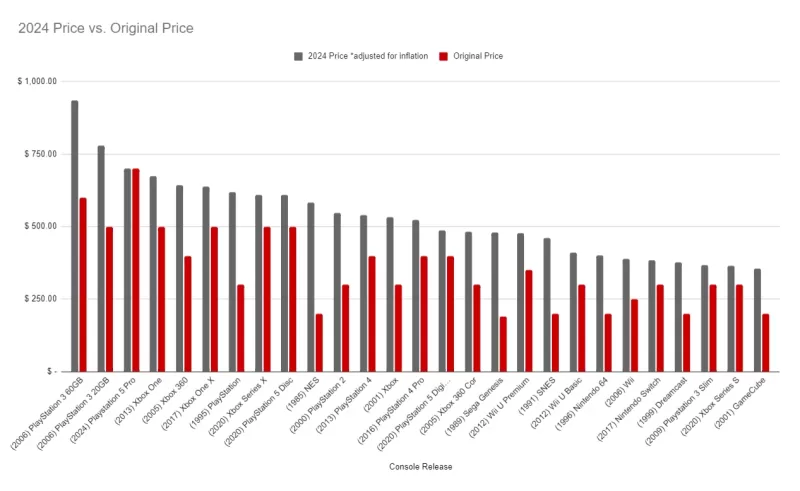 Console prices adjust for inflation. The PS3 was super expensive! Image credit: IGN
Console prices adjust for inflation. The PS3 was super expensive! Image credit: IGN
In conclusion, the Switch 2's pricing, while higher than its immediate predecessor, fits within the broader context of console pricing when adjusted for inflation. For more insights, check out IGN's hands-on with the Switch 2 and games like Mario Kart World, as well as discussions with analysts on the factors driving these costs.
 Home
Home  Navigation
Navigation






 Latest Articles
Latest Articles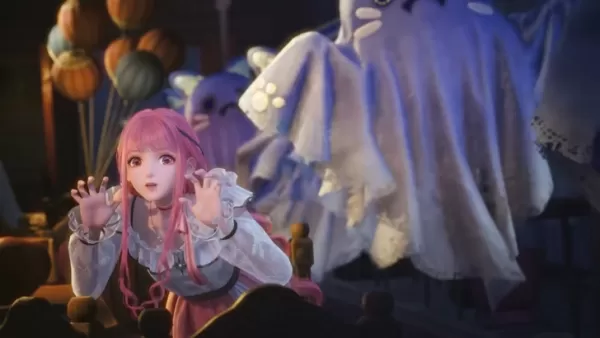

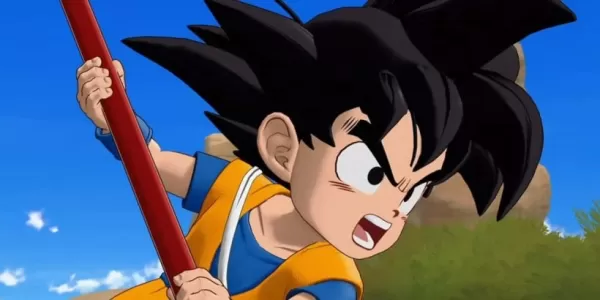








 Latest Games
Latest Games









